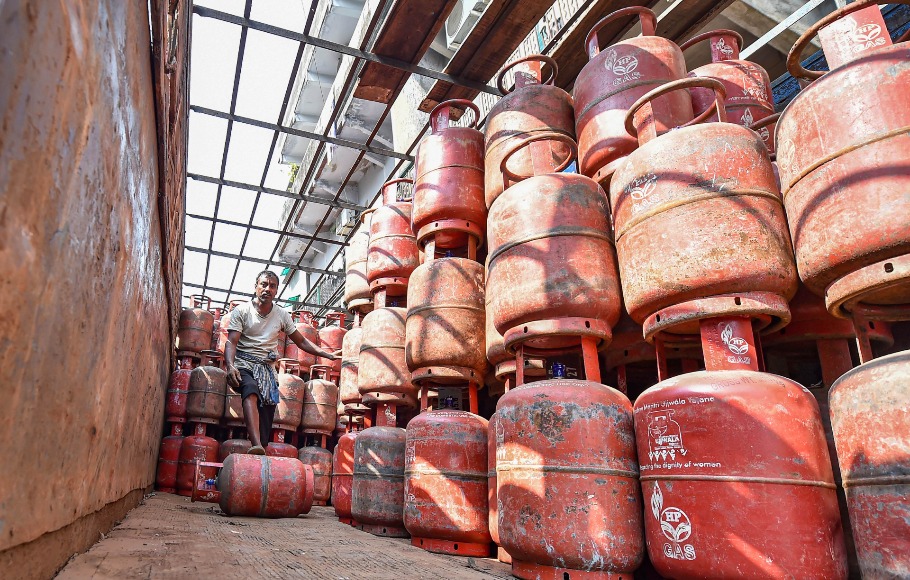
As LPG prices soar, residents of Delhi, TN, Telangana switch to electric

Residents of states like Delhi, Tamil Nadu, and Telangana, have found a way to beat the LPG price hike in their kitchens by shifting to electric cooking, using induction stoves or rice cookers and microwave ovens, according to a study.
According to the independent study by the Council on Energy, Environment, and Water (CEEW), 17 percent of the households in Delhi and Tamil Nadu, have adopted some form of electric cooking, while in Telangana 15 percent of the households have shifted to electric cooking. LPG prices are going over the roof and many middle-class housewives are finding it difficult to refill cylinders.
According to the study, electric cooking is yet to catch up in rural areas.
“The penetration of eCooking among urban households stood at 10.3 percent, while the penetration among rural households stood at just 2.7 percent. Overall, just five percent of the total households across the country have shifted to eCooking,” said the study.
At the current LPG prices, eCooking will be more cost-effective than LPG for the households getting subsidised electricity. However, high upfront cost and perception barriers have limited the uptake within urban households.
Also watch: Where did your LPG subsidy vanish?
The CEEW study also found that 93 percent of e-Cooking adopters still rely on liquefied petroleum gas (LPG) as the primary cooking fuel, and use eCooking devices as a backup.
“Electricity-based cooking is mostly prevalent among affluent families in urban areas, especially in states like Delhi and Tamil Nadu, where electricity rates are economical compared to other states like Maharashtra,” said the study, which is based on the India Residential Energy Survey (IRES) 2020, conducted in collaboration with the Initiative for Sustainable Energy Policy (ISEP).
Data for the study was collected from nearly 15,000 urban and rural households across 152 districts, from the 21 most populous states.
“Affordability is the most important factor that drives adoption of any cooking fuel. Hence, affluent urban households in states with relatively higher subsidies are likely to witness faster adoption of eCooking,” author and senior programme lead of CEEW Shalu Agrawal said.
Agrawal said that policymakers should concentrate on reducing the upfront cost of eCooking devices and ensuring reliable electricity supply at affordable tariffs, to drive this transition. “Further, power surplus Discoms could collaborate with financial institutions to offer affordable credit options to customers willing to shift to eCooking devices,” he added.
The CEEW study recommended that the availability of energy-efficient and low-cost devices, suitable financing solutions, and reliable electricity services, would be crucial to scale up adoption of electric cooking.
The Bureau of Energy Efficiency must bring eCooking devices like rice cookers and induction stoves under the Standards and Labelling programme. Also, a nationwide transition to electric cooking would translate into additional electricity demand of 243 terawatt-hour (tWh). Thus, meeting the additional demand through cleaner resources should be a priority.

